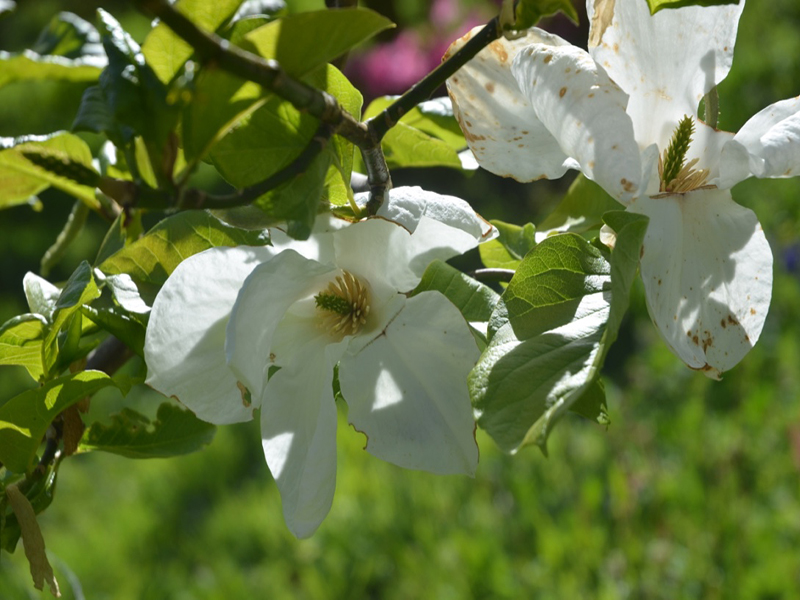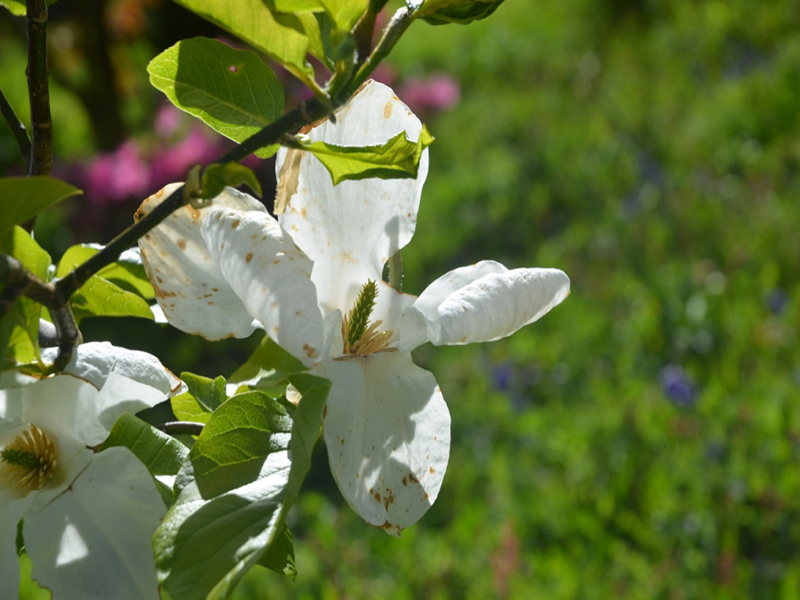Magnolia kobus 'Kubushimodoki' (Kubushimodoki Magnolia)
Botanical Information
| Family | Magnoliaceae |
| Genus | Magnolia |
| Species | kobus |
| Cultivar | 'Kubushimodoki' |
| Synonyms | Magnolia pseudokobus 'Kubushimodoki' |
| Category | Woody |
| Type | Tree (deciduous), Shrub (deciduous) |
Details
| USDA Hardiness Zone | 5-7 |
| USDA Hardiness Ref. | |
| Canadian Hardiness Zone | 6 |
| Canada Hardiness Ref. | |
| RHS Hardiness Zone | H5-H7 |
| RHS Hardiness Ref. | |
| Temperature (°C) | -28.9- (-12.2) |
| Temperature (°F) | -20-10 |
| Height | 4 m |
| Spread | 4 m |
| Growth | Slow |
| Flowering Period | April, May |
Description and Growing Information
| Landscape | Popular as a landscape feature when in bloom but otherwise having the character of a small tree and thus suitable for landscapes with limited space. Structural pruning will enhance the form and help to produce a more open specimen. |
| Propagation | By softwood cuttings in spring or early summer, or semi-ripe cuttings in late summer and autumn. |
| Cultivation | Prefers well drained, neutral to acid soils and full sun. |
| Pests | Potential insects include horse chestnut scale, snails or capsid bug. Potential diseases include coral spot, grey mould, honey fungus, a fungal, and leaf spot or iron deficiency and lime-induced chlorosis. |
| Notable Specimens | Caerhays Castle, Goran, Cornwall, United Kingdom. |
| Bark/Stem Description | The bark is smooth and can range from brown to grey in colour with pronounced, small, white lenticels. |
| Leaf Description | The dark green, oval, smooth leaves are 15-30 cm long with fine hairs. |
| Flower Description | Star-shaped, pure white 15 cm long flowers which open perfectly flat but then turn sideways or downwards. Flowers are suffused pink at the base. |

